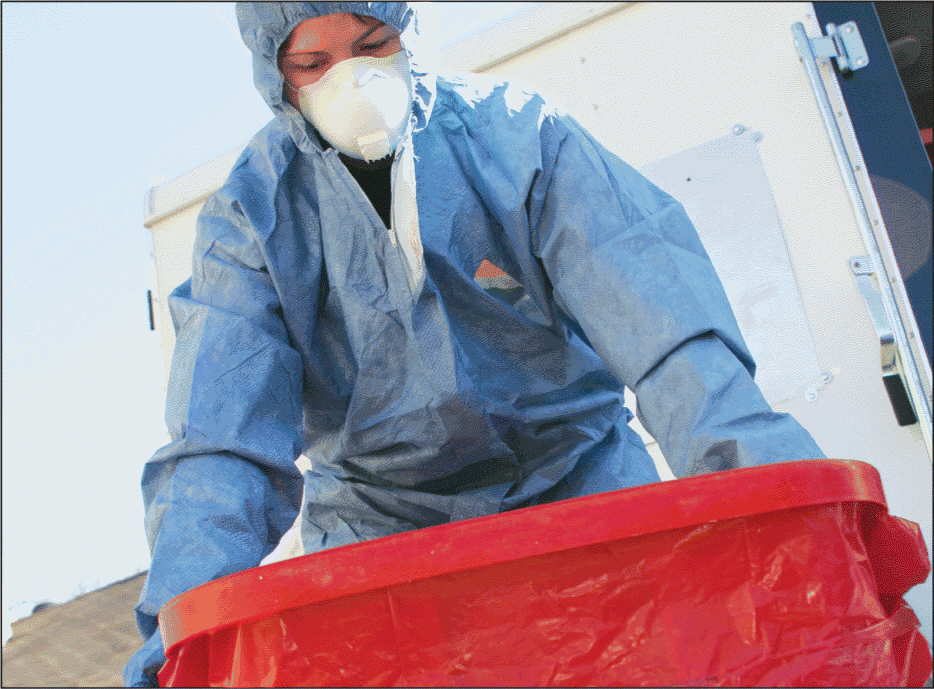PHOENIX-Doctors have a duty to encourage the hospitals and clinics they work in to go green because helping create a cleaner environment will improve the health of the very patients they are supposed to be caring for.
Explore This Issue
July 2009This was one of the underlying messages from Robin Cotton, MD, Director of Pediatric Otolaryngology-Head and Neck Surgery at Cincinnati Children’s Hospital, who gave the Joseph Ogura Lecture to the Triological Society at the Combined Otolarygnology Spring Meeting.
As physicians, we have historically considered ourselves as healers, rather than polluters, and have upheld the Latin maxim of primum non nocere-first, do no harm, he said. While doctors spend time focusing on the healing of patients, they have paid little attention to the fact they and their hospitals contribute to pollution, which in turn adversely affects people’s health.

Collectively, physicians have either been unaware of, or indifferent to, the incongruence between our guiding ethical principle of taking care not to harm patients or put them at risk, and the environmentally irresponsible behavior that pervades an industry in which we are key players, he said.
Waste and inefficiencies in hospitals not only adversely affect public health, but are also costly-yet there are greener, viable, economical alternatives available. As examples of waste, Dr. Cotton listed disposable medical equipment; inefficient lighting, heating, and cooling systems; and overconsumption of water. Then there are the toxic chemicals used in cleaning, disinfection, and pesticides. It’s time to figure out what alternatives are available, he asserted.
Some Sources of the Problem
Hospitals purchase items that are toxic and ultimately have a negative effect on the health of patients, workers, communities, and the ecosystem. Indeed, hospitals generate thousands of tons of toxic waste that affect the land, air, and water, Dr. Cotton said.
Medical waste incineration is a problem too. In 1998, the Environment Protection Agency (EPA) issued a report showing that medical waste incineration was a major source of toxic air emissions in the United States.
This report laid the groundwork for international consensus regarding the link between health care, environmental degradation, and health, he said. The problem with incineration emissions boils down to three major pollutants: dioxin, polyvinylchloride (PVC), and 2-diethylhexylphthalate (DEHP).
Leave a Reply